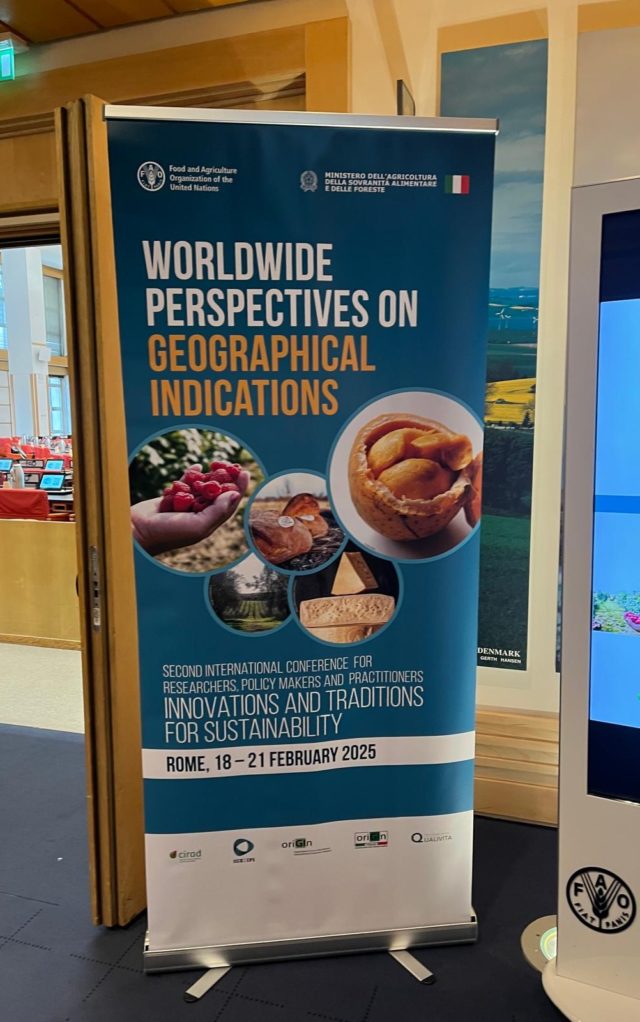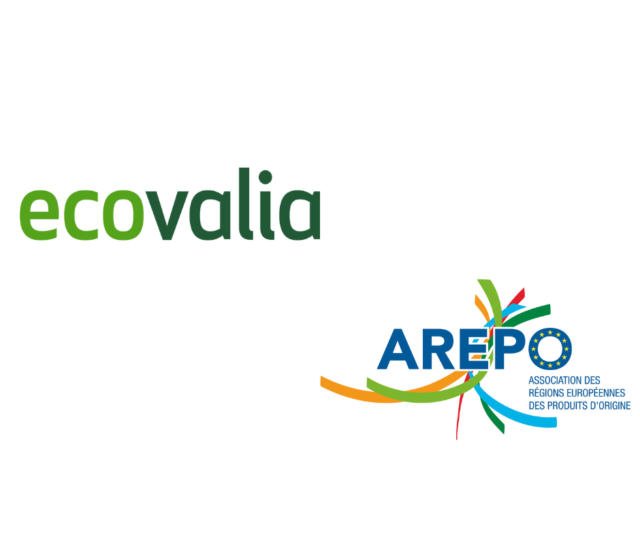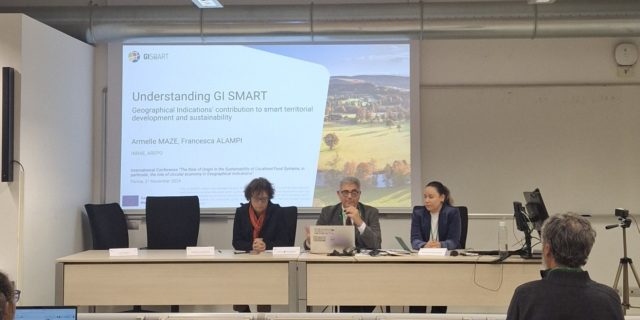The protection of Geographical Indications (GIs) supports producers to define common quality standards while highlighting the geographical origin of food products with specific qualities. Adaptations of quality standards are driven by international competition, new production technologies or environmental change. The purpose of this paper is to analyse the modifications affecting the European Union (EU) Protected Designation of Origin-Protected Geographical Indication. It specifically compares the share of amendments in the diverse product classes, years and countries, illustrates specific cases and identifies the factors explaining the probability to amend product specifications.
Official documents of the DOOR Database provide the material for an analysis of changes in product specifications. They also supply the data for four illustrative cheese cases and logistic regression of all EU amendments.
Amendments of GI product specifications are very frequent: 17 per cent of all 1,276 EU GIs had at least one amendment. This happens in particular for processed products (42 per cent more often than for unprocessed ones) and specific countries (GIs in Italy are six times, Spain five times and France four times more likely to have an amendment compared to GIs from other EU countries). As illustrated by contrasting cheese amendments, the diverse modifications in the product specifications range from more flexibility and innovation on the one hand to stricter rules for strengthening the product’s identity on the other hand.










